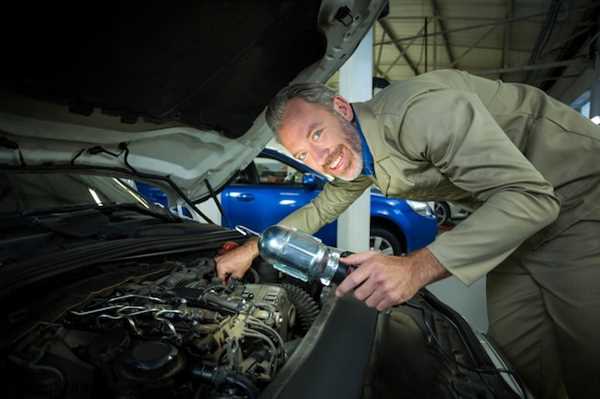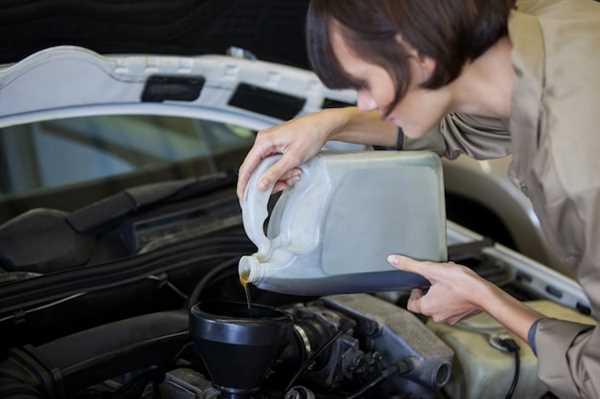

Prioritize models that excel in crash test ratings, such as those from organizations like IIHS and NHTSA. Vehicles that achieve five-star safety ratings offer enhanced protection for passengers. Look for options equipped with advanced driver-assistance technologies, including automatic emergency braking and lane-keeping assist, which can significantly reduce accident risks.
Consider spacious interiors and ample cargo space to ensure comfort on extended drives. A comfortable cabin, coupled with features like rear-seat entertainment and connectivity options, contributes to a more enjoyable experience. Brands known for reliability, such as those with high warranty ratings, often translate to better long-term investments.
Fuel efficiency plays a role in cost-effectiveness during trips. Models that offer hybrid or electric variations not only reduce fuel expenses but also benefit the environment. Lastly, ensure that child safety seats can be securely installed, facilitating a safe ride for younger passengers.
Evaluating Safety Ratings and Crash Test Results

Prioritize vehicles with high safety ratings from recognized organizations such as the National Highway Traffic Safety Administration (NHTSA) and the Insurance Institute for Highway Safety (IIHS). Look for models earning five stars in crash tests and achieving a “Top Safety Pick” designation from IIHS.
Review specific test results, focusing on areas such as front and side-impact protection, roof strength, and pedestrian safety. Pay attention to advanced safety features like automatic emergency braking, lane departure warning, and adaptive cruise control, which can enhance protection during travels.
Consult online resources for updated crash test information and user reviews that provide insight into real-world performance. Analyze the reliability ratings as well, since dependable vehicles contribute to fewer incidents on the road.
Consider models equipped with additional airbags, stability control, and traction control systems, as these features enhance passenger security. Examine crash test videos to witness how various models perform under stress.
Finally, keep track of recalls related to safety equipment and technology. Staying informed about any issues can aid in making a more secure choice for your loved ones while on the road.
Understanding Key Safety Features for Family Vehicles
Look for advanced driver-assistance systems (ADAS) that offer features like lane departure warning, automatic emergency braking, and adaptive cruise control. These technologies enhance protection during travels, reacting promptly to potential hazards.
Evaluate the presence of comprehensive airbag systems. Vehicles equipped with multiple airbags, including side and curtain airbags, provide crucial impact protection for all passengers, particularly in side collisions.
Consider crash test ratings from reliable organizations such as the National Highway Traffic Safety Administration (NHTSA) and the Insurance Institute for Highway Safety (IIHS). Vehicles with high safety ratings demonstrate resilience in collision scenarios.
Check for stability control and traction control systems. These features help maintain grip on slippery roads, reducing the risk of skidding or loss of control while driving.
Look for rearview cameras and parking sensors. These tools assist in maneuvering and reversing safely, minimizing blind spots while ensuring awareness of surrounding obstacles.
Assess the vehicle’s structural integrity. A solid frame enhances crash safety by absorbing energy during impacts, providing better overall passenger protection.
Investigate child safety seat anchors, such as LATCH (Lower Anchors and Tethers for Children). These attachments simplify secure installation of child seats, improving safety for younger passengers.
Opt for vehicles with built-in emergency services or features that activate during crashes, facilitating quicker assistance. Systems that contact emergency responders automatically can prove lifesaving in critical situations.
Tips for Preparing Your Family Car for Extended Travel

Before hitting the road, conduct a thorough inspection of your vehicle’s fluids. Check oil, coolant, brake fluid, and windshield washer fluid levels. Keeping these at optimal levels ensures smooth operation.
Inspect tires for wear and proper inflation. Maintaining correct tire pressure enhances grip and fuel efficiency while reducing the likelihood of blowouts. Rotate tires regularly to promote even wear.
Examine brakes, including pads and rotors, to prevent potential safety issues. A timely replacement of worn components enhances stopping power, which is crucial during extended distances.
Ensure all lights function correctly; this includes headlights, brake lights, and turn signals. Proper visibility aids in safe driving and compliance with traffic regulations.
Test the air conditioning and heating systems. Comfortable cabin conditions contribute significantly to the overall travel experience, especially during shifts in weather.
Verify that the vehicle’s battery is in good condition. Clean terminals and check for corrosion. Consider testing the battery’s charge capacity before long hauls.
Prepare an emergency kit containing first-aid supplies, flashlight, and basic tools. This readiness will help tackle unexpected situations that might arise during travel.
Update your vehicle registration and insurance. Carry relevant documents to avoid issues with authorities or roadside assistance.
Prioritize safety by ensuring that all passengers use seat belts properly. Confirm that child safety seats are installed accurately according to guidelines.
Lastly, download a navigation app or update your GPS. Familiarity with routes reduces stress and enhances safety during travel.






